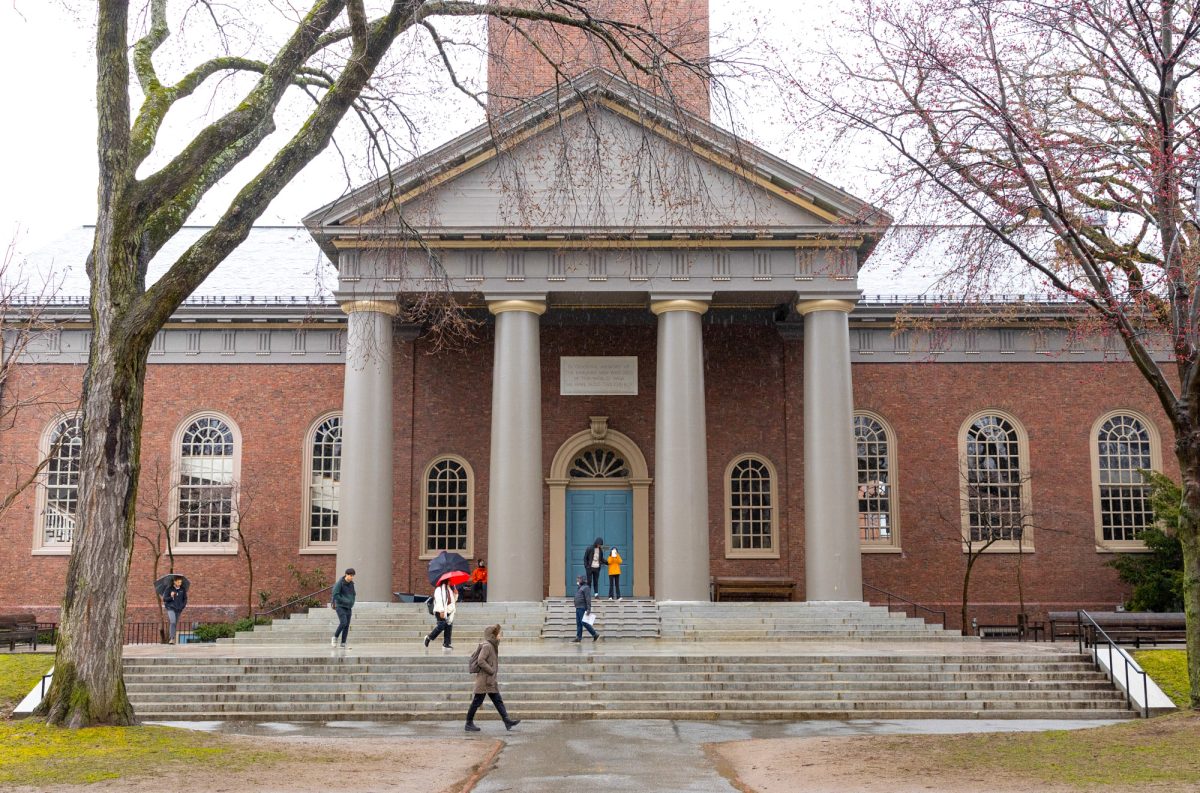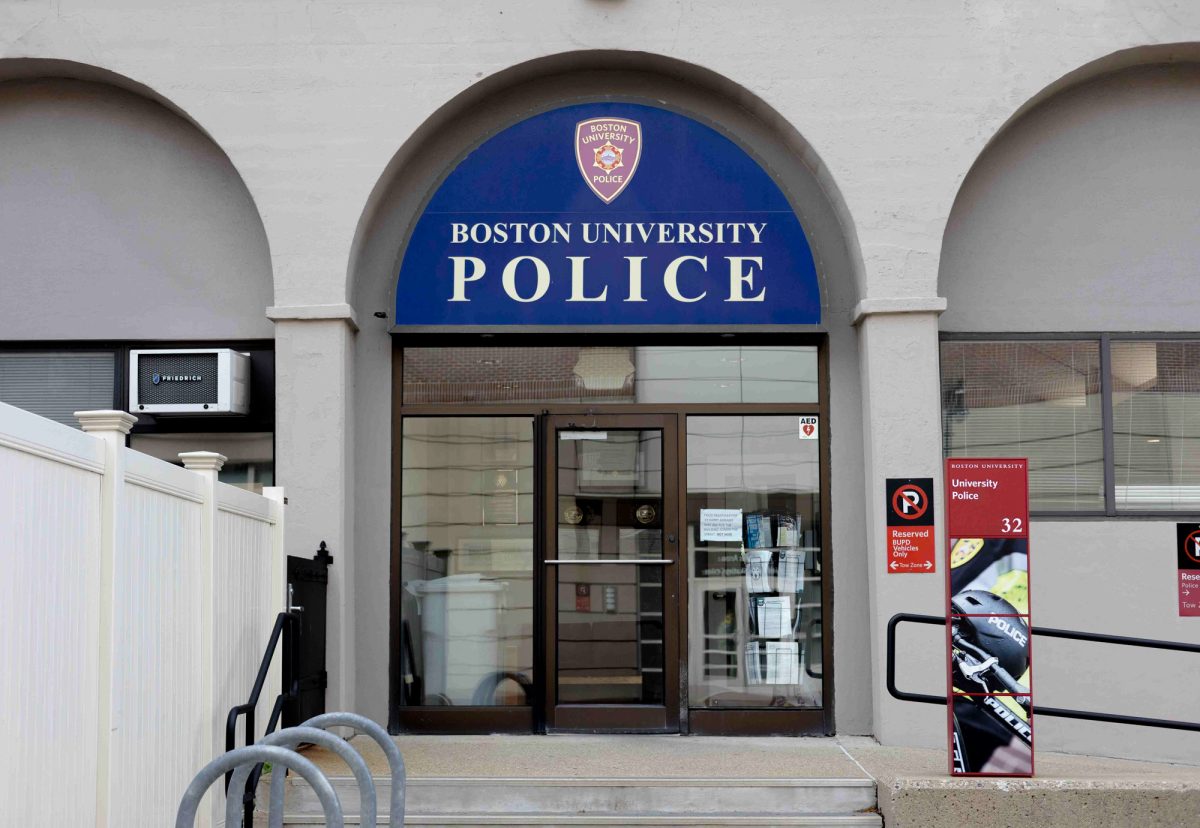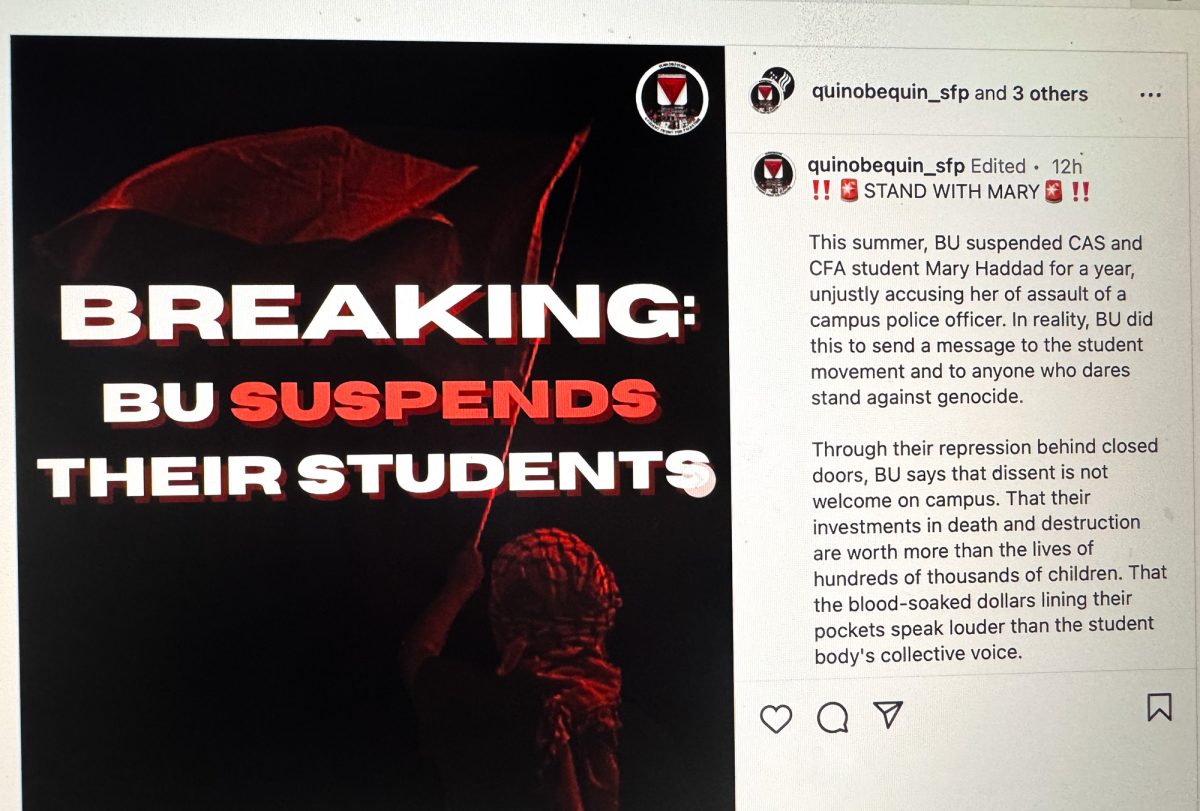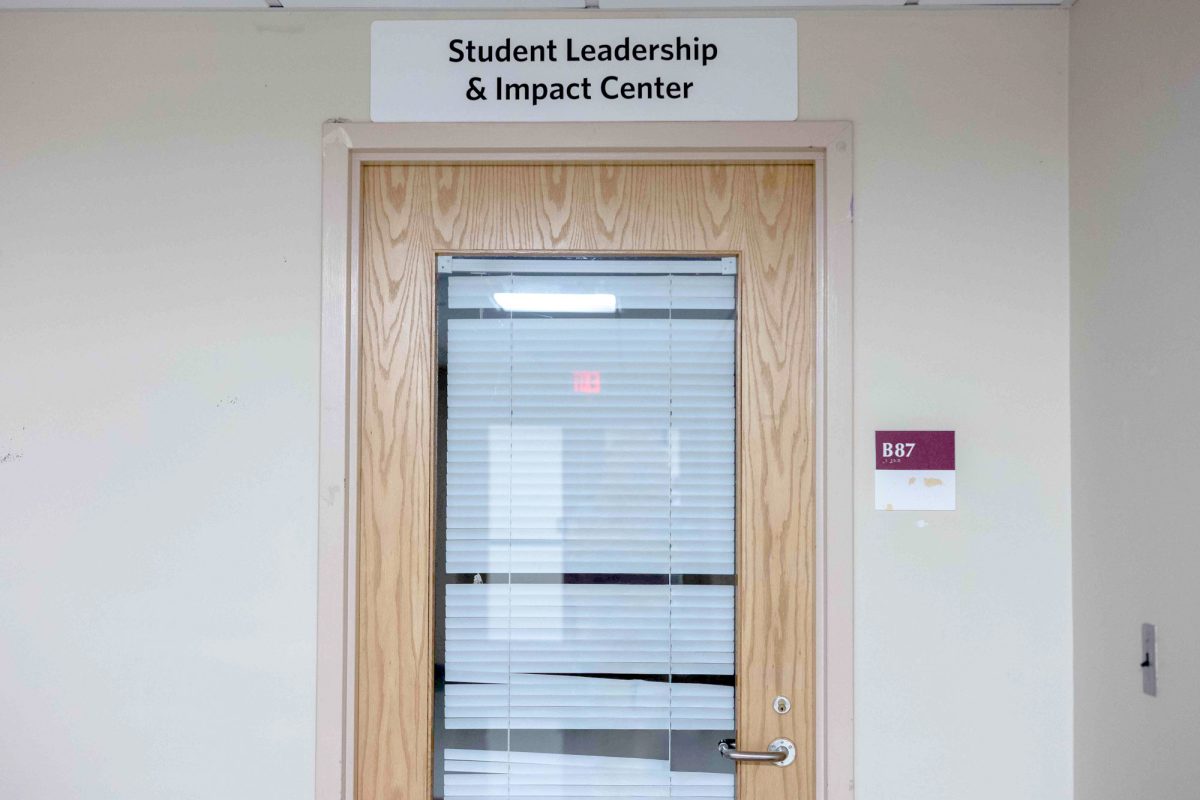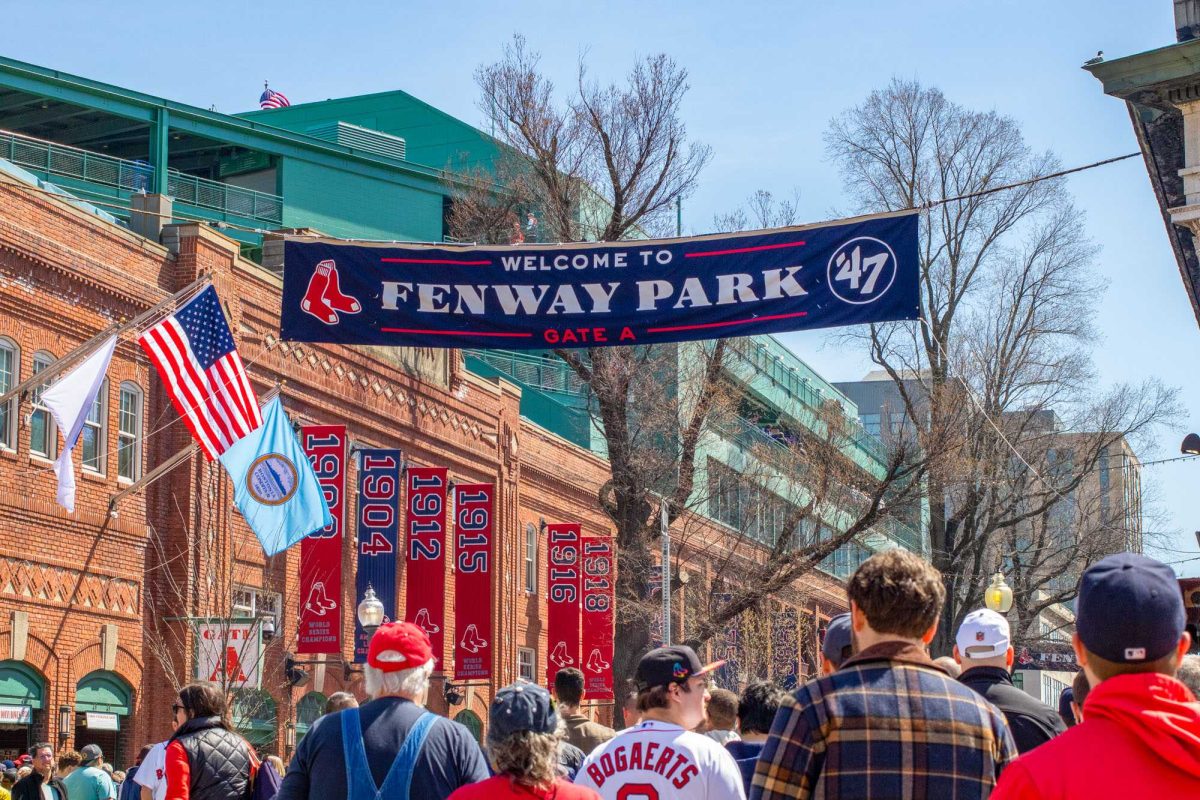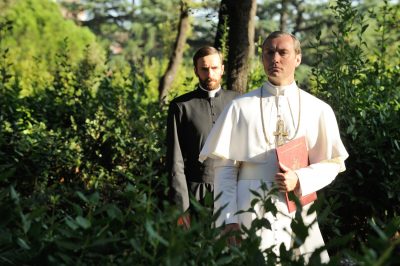
The pope is the highest possible position in the Roman Catholic Church, which now has a membership of more than one billion people, according to the Pew Research Center. He who becomes the pope becomes a symbol for the church, recognizable around the world. This position has generally been held by men with white hair, wrinkled smiles and Italian bloodlines. To have a pope as young as 47 would be shocking on its own, but a young pope who is also American seems unimaginable. Until now.
“The Young Pope,” HBO’s newest masterpiece that premiered on Sunday, takes us straight to the heart of the Catholic Church — Vatican City — where Lenny Belardo (Jude Law) has just become Pope Pius XIII and the first American pope in history. As expected, the transition is anything but smooth.
In collaboration with an impressively talented cast, writer and director Paolo Sorrentino, who is best known for his Academy Award-winning film “The Great Beauty,” has created more than just a TV show. It is art.
It is art not only because of its visuals and sound, but also because it has a greater meaning that calls for deeper thought. It raises more questions than it answers, as art often does.
According to Sorrentino, as he told HBO, the show is about “the clear signs of God’s existence. The clear signs of God’s absence. How faith can be searched for and lost” and other contradictions some may experience within religion.
These themes are clearly explored through a brilliant script, impressive acting and fresh visuals.
The series opens with Belardo crawling out from a mountainous pile of live babies. The image is disturbing, but enough to shock the audience into wanting more.
The intrigue doesn’t stop there, however, as slow panning shots of men in vibrant red and gold robes in odd formations and music reminiscent of the “American Horror Story” theme song create a haunting and uncomfortable opening scene that maintains an absence of dialogue for the first full six minutes.
These extreme images turn out to only be a dream, but the feelings of unease, fascination as well as thrill remain throughout the entire episode.
This is largely due to Law’s impeccable, intense portrayal of Pope Pius XIII. Both people of the Vatican and the viewers are left completely unarmed in his presence as his words and actions are impossible to predict.
His dialogue ranges from profound monologues on God and faith to a simple three-word answer used often, almost always accompanied by a subtle devious smile: “Good. Very good.”
The audience is left marveling at the young pope’s terrifying brilliance and wondering why Law has yet to win an Oscar.
As the young pope settles into his new position, tension slowly builds between him and the members of the Vatican.
Scenes between Cardinal Voiello (Silvio Orlando) and Belardo are so fraught with underlying mutual dislike that it can be felt through the screen.
Diane Keaton appears briefly as Sister Mary in the first episode, proving to be a decent actress. Her character seems to be an important part of Belardo’s past, of which we only catch glimpses of throughout the episode in the form of sporadic, brief flashbacks, leaving you wanting more.
Though the show runs the risk of getting bogged down with heavy religious themes or causing offense to the Catholic Church, smart comedic moments break up some of the intensity and help solidify character development.
A moment, though subtle, that stirred an audible laugh was Cardinal Caltanissetta (Toni Bertorelli) holding his inhaler and a lit cigarette in the same hand, switching between puffs of each. There continued to be quick moments of hidden comedy that prompted quick giggles throughout the episode.
Beyond the writing and acting, visually “The Young Pope” exceeds expectations. According to IMDb, none of the show was actually filmed in Vatican City, but it is impossible to tell as the recreation of the city was so well done.
The cinematography by Luca Bigazzi, however, is what makes the show visually stand out the most. His style is distinct with quick, deliberate cuts from close-ups to long shots to slow pans and leisurely zooms, all while rarely leaving eye level. It fits the mood quite nicely.
There were moments that Bigazzi’s choices, in combination with outstanding music choices by Lele Marchitelli, were reminiscent of what you might find in a Wes Anderson film.
All in all, “The Young Pope” is off to a successful and artistic start that leaves the audience hungry for more. Simply put, in the words of Pope Pius XIII himself, it was “good. Very good.”

